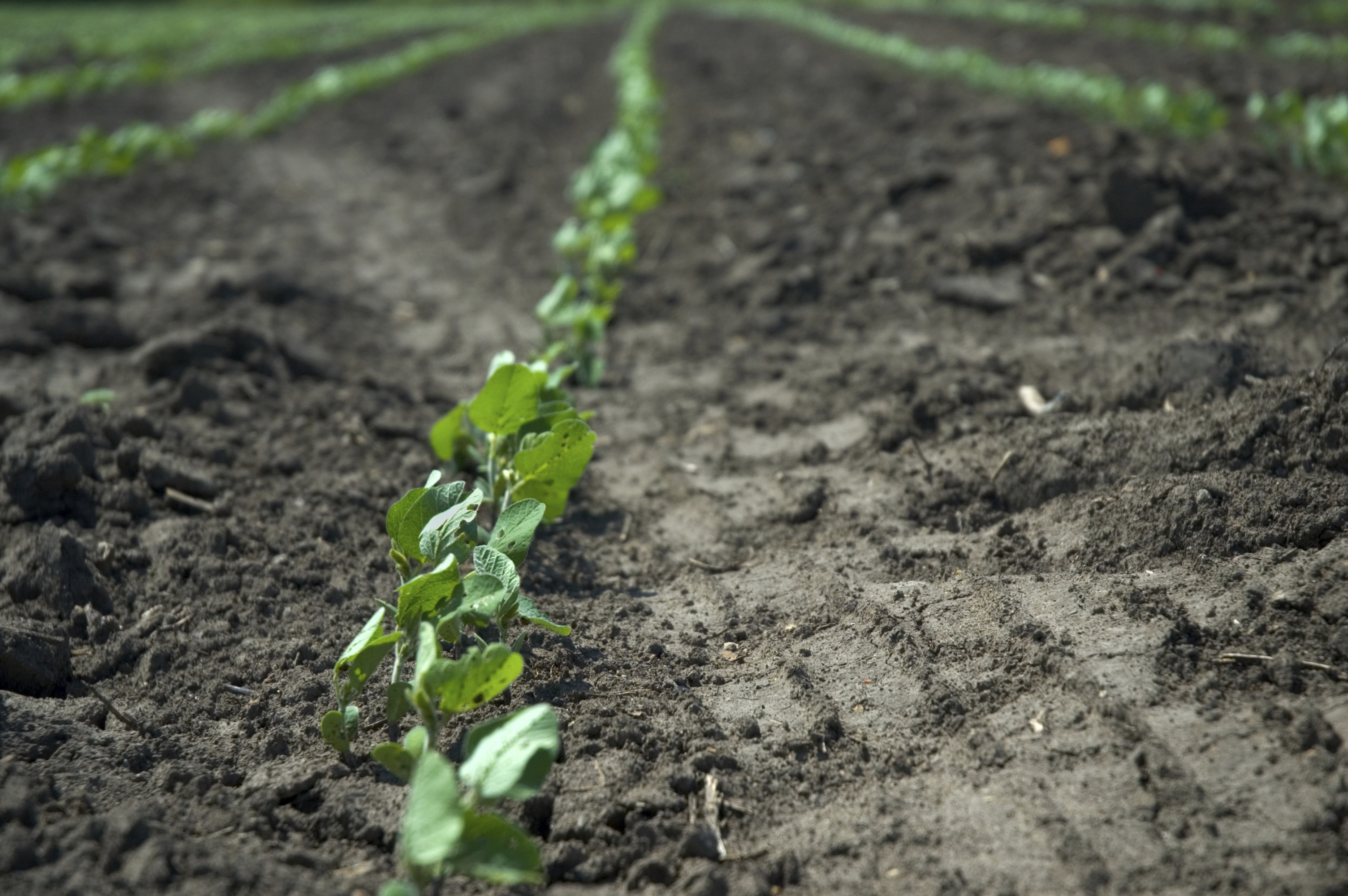
The continued focus on weed management appears to be as strong as it has been over the last few years. With the continued spread of herbicide-resistant weeds, managing insect populations below the economic threshold and protecting crops from yield robbing disease – all will be catalysts for continued focus on the crop protection business over the next four months. However, this intersection of challenging crop protection issues and declining commodity prices are the catalyst around the continued trend and discussion around cutting input costs. In previous columns, I have mentioned the importance of a weed management system to control resistant weeds and the need for new technologies. Well, new this year will be the launch of three new dicamba herbicides labeled for use for dicamba-tolerant soybeans. This has been a focus for the entire industry over the last four months and it will continue to be critical that we deliver the message that maximizes performance and minimizes risk. It will be important that every stakeholder understands the risk and works together to have a safe and effective launch.
Again, the herbicide label is the law and should be followed always. In addition to herbicide label, each dicamba herbicide has a website that lists specific products that are approved to be used in combination with the new dicamba products. This is something new for the industry. In the past, the herbicide label that was on the box, jug, or container was all that you needed to safely and effectively apply the pesticide. Given the complexity of this technology, it's important to review the website of the preferred dicamba option to make sure the application to be made is legal. This technology will be under the microscope and it's important that the label is followed and that all the best management practices are followed as well. Any misuse will be investigated by the respective States Department of Ag and willful violations of the Pesticide Act with fines ranging from $5,000 to $10,000, depending on state. It's also important that misuse of this technology could pull the registration since the products only have a two-year label.
Many of the dicamba acres will continue to utilize a pre-emerge application to ensure effective early season weed control and allow for an effective window of application to be made when weeds are less than four inches. The pesticide labels also reference several "Do Nots" such as the use of ammonium sulfate, UAN, etc. It's important to refer to the websites for approved FS Adjuvants or contact your local FS crop specialist to verify. In addition to the "Do Nots," the label also requires several "Dos," such as making the application to labeled weed height, follow wind speed restrictions, selection of proper spray nozzle, optimum boom height, required buffer zones, and scouting for sensitive crops. The required buffers are essential to protect sensitive areas and susceptible crops.
Talk to your FS crop specialist about the new options for weed control in soybeans and an expert consultation of your plans with the new technology. There's a mix of excitement and anguish with the upcoming application season and regardless of the adoption rate, it's important to remember the stewardship practices to maintain the sustenance of the new technology. The continued availability of this new post-emerge technology depends upon everyone making good communication of sensitive areas, execute on the management decisions and complying with the pesticide label.
Contact your FS Crop Specialist for all your agronomic needs.
Dr. Jeff Bunting serves the FS System as GROWMARK Division Manager, Crop Protection. He can be reached at [email protected].